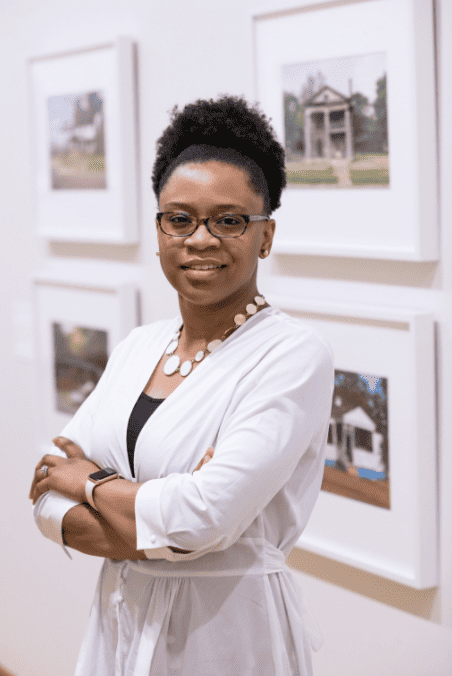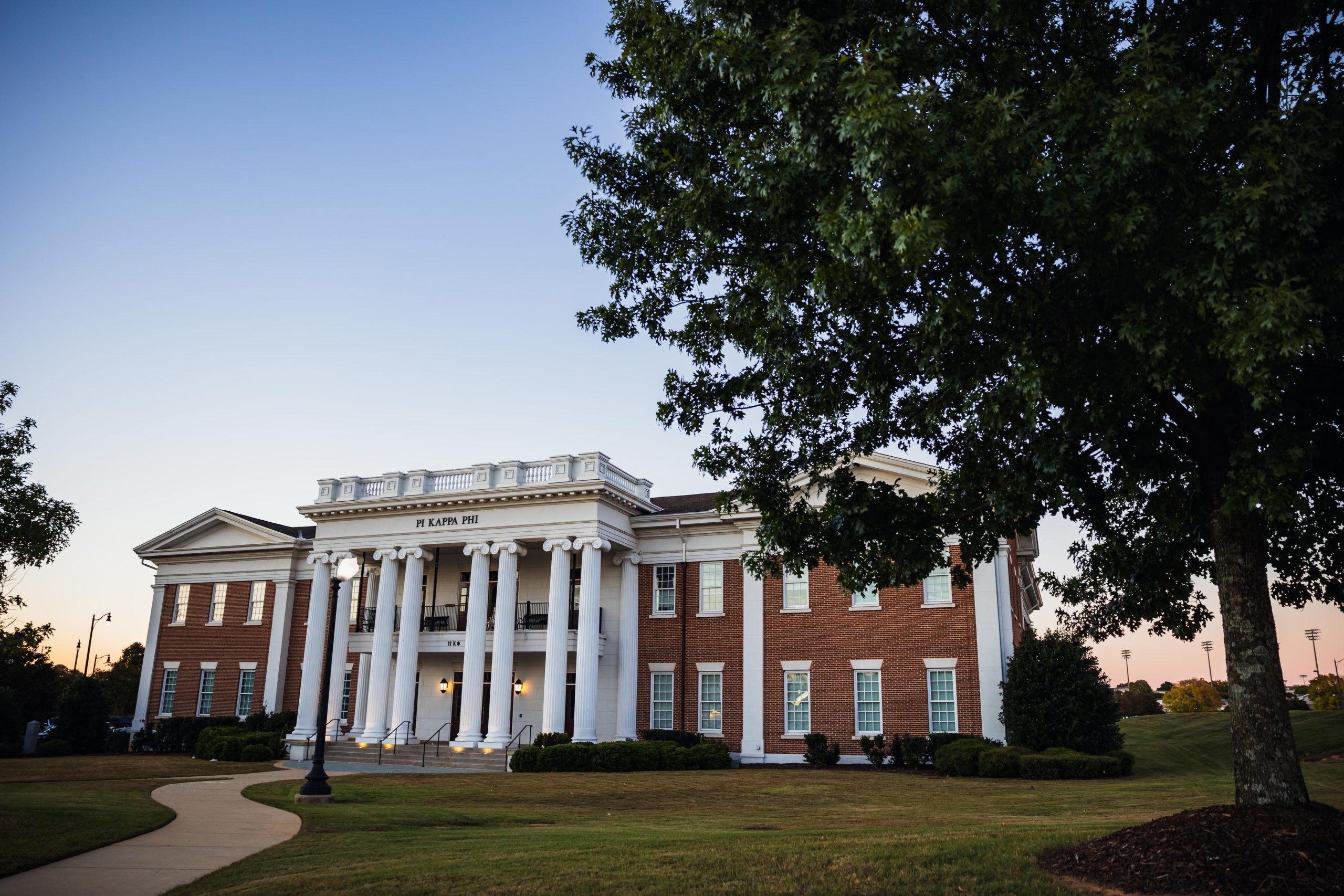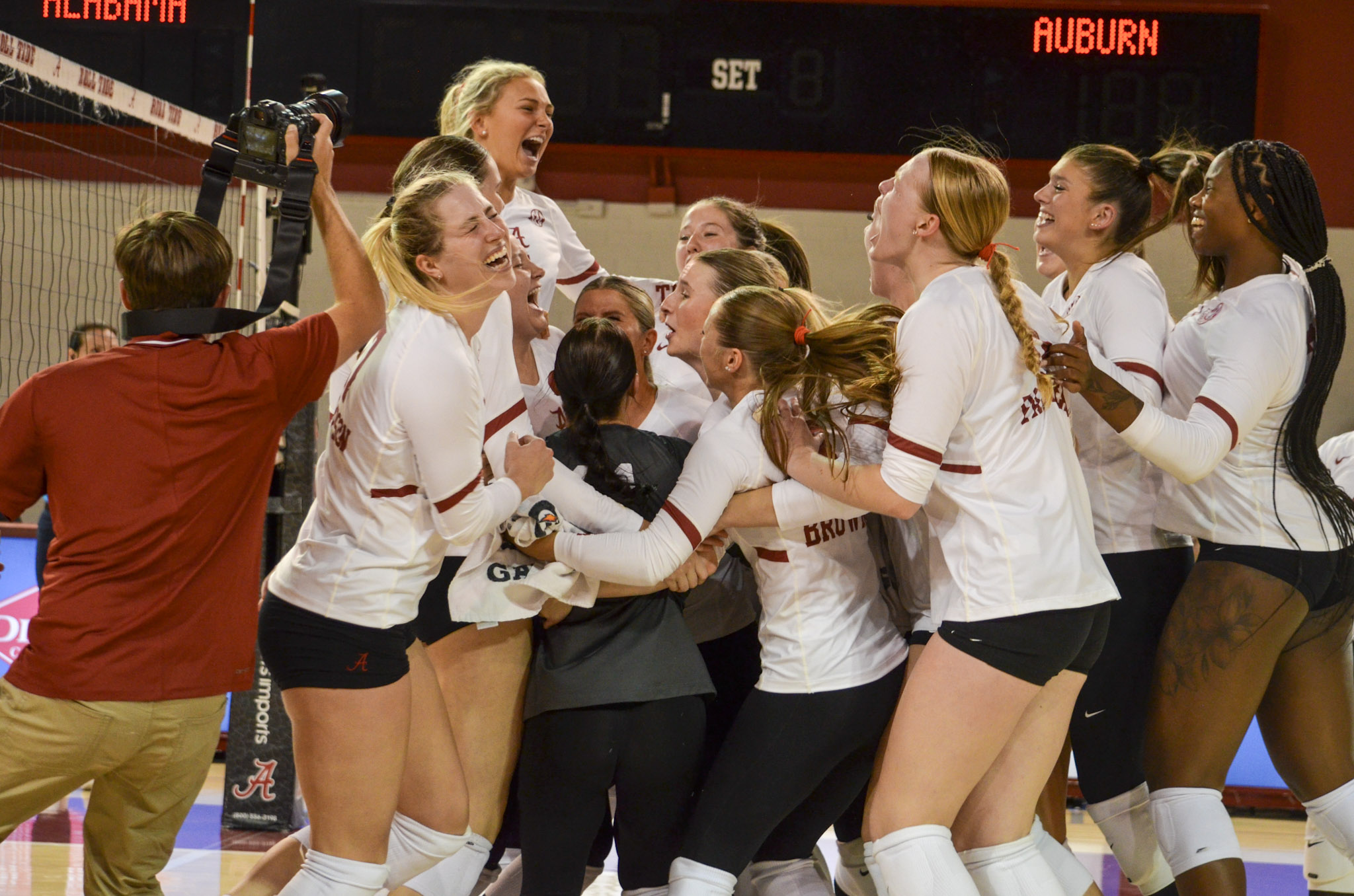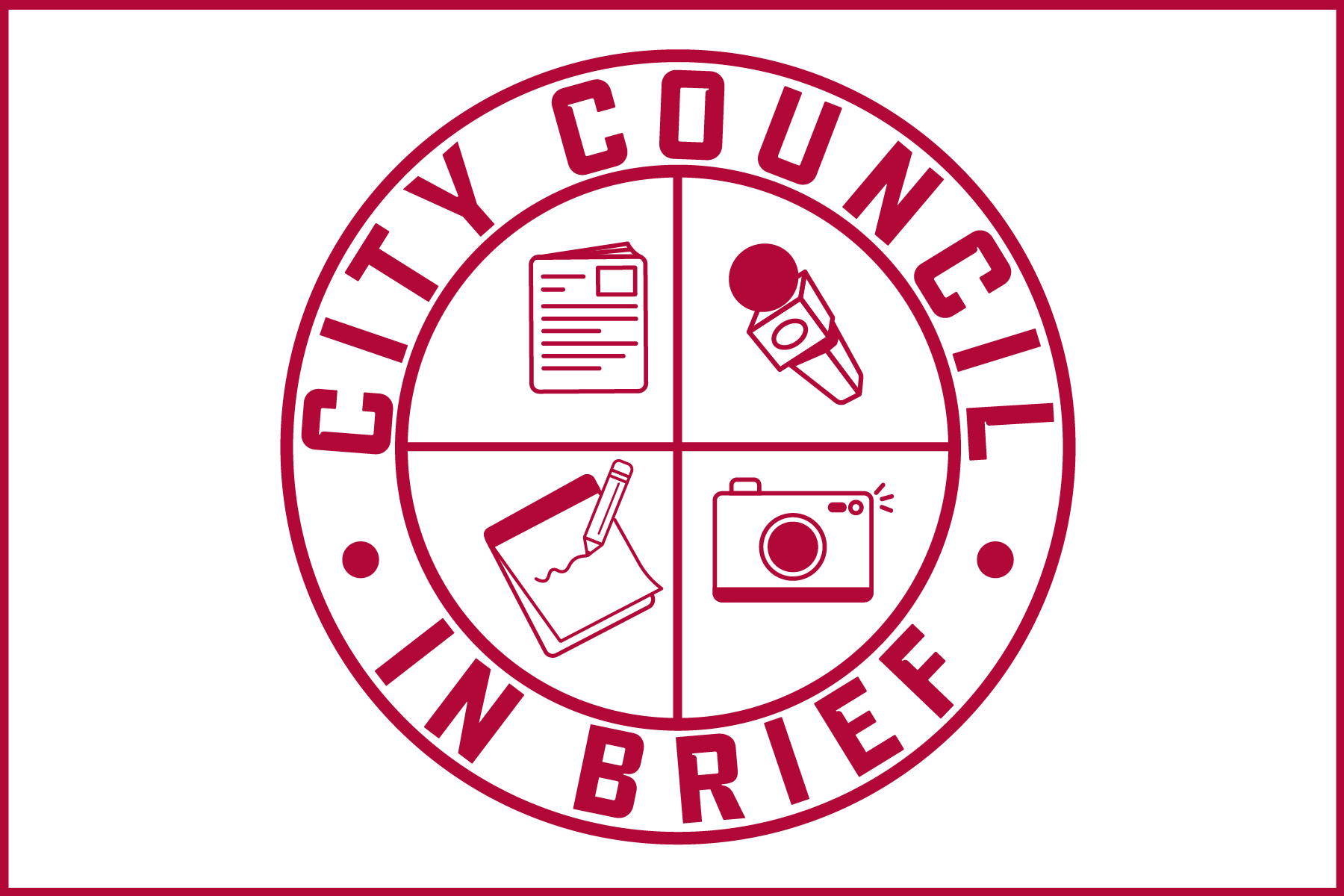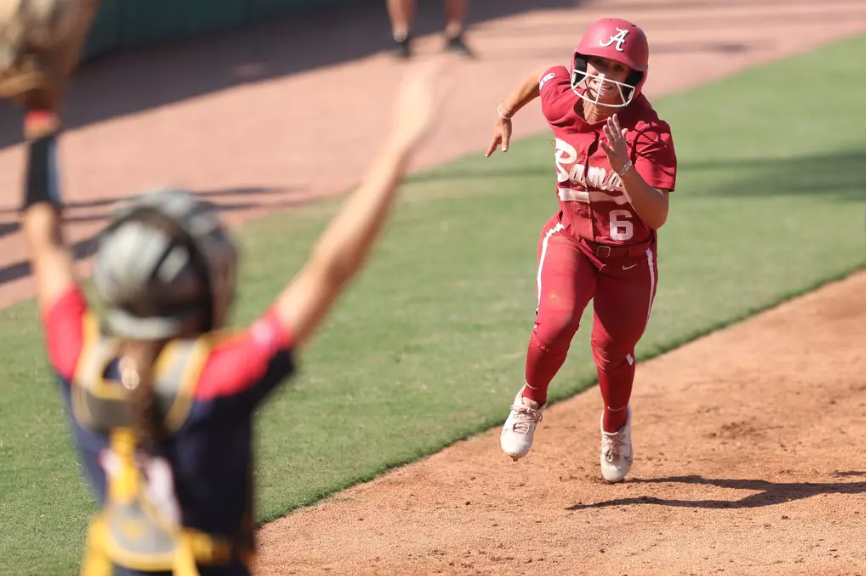Celestia Morgan’s exhibit ‘Disparities’ explores housing discrimination
March 30, 2022
Celestia Morgan’s “Disparities,” a solo exhibition highlighting the deep-rooted inequalities related to housing, is being publicly shown for the first time at the Paul R. Jones Museum until May 20.
The museum will be hosting a reception for Morgan on Friday, April 1, from 5 to 8 p.m.
The Paul R. Jones Museum encourages the preservation of African American artists’ legacies and educates students on the importance of art in life. Its collection at The University of Alabama is one of the world’s most comprehensive and expansive collections of 20th-century African American art.
The museum’s collection consists of original pieces and editioned prints. The pieces are bold and colorful, and feature a variety of mediums, materials and styles.
“What I like about her work is it makes people think,” said Daniel White, the museum director. “I notice that when people see her work, they may not have the words for it, but they start looking.”
The exhibit is a continuation of Morgan’s critically acclaimed photos and visual works titled “Redline,” which has been presented at the Birmingham Museum of Art, the National Public Housing Museum in Chicago and the Ogden Museum of Southern Art in New Orleans.
According to Morgan’s website, redlining means “to mark or designate for cancellation, rejection, dismiss.” Explained in an article by NPR, redlining was a policy established by the government in 1934 to further segregation efforts by refusing to insure mortgages in and near African American neighborhoods.
These policies prevented African Americans and minorities from being included in new suburban communities and instead pushed them into urban housing projects.
The housing discrimination that began in the 1930s continues to affect neighborhoods today and is exemplified in Birmingham, Alabama, by the relationship between Interstate 20/59 and poverty-stricken areas.
Morgan has a personal connection to her work because she grew up in Birmingham.
For “Redline,” Morgan created “sky maps,” which were works of art that placed the outlines of marginalized communities within Birmingham over photographs of a hopeful sky. This imagery aims to communicate that people should not feel restricted by the area where they grow up.
“These places she has on the walls — it’s not just in Birmingham — this could be in any town, USA,” White said. “These issues she’s talking about are not just restricted to the South. I feel like this is everywhere.”
Whether it is found in geopolitical boundaries, highways or train tracks, “Disparities” provides a direct look at this issue. It faces audiences with frank images that show real examples of these inequalities in Birmingham.
“The work is really meant to spark a conversation about the social injustice within our communities and how we are divided economically within a community,” Morgan said. “I want people to see that visually through the work.”
Morgan portrays this issue through photography, sculpture and painting and focuses on color, space and proximity to display her collection in an impactful way.
The disparities that redlining causes can be seen in food deserts located within communities, which Morgan captures in pictures of boarded up and closed grocery stores.
“I always wanted to know why my grandmother and family only live in certain communities, and it’s because they could only afford to live in those communities,” Morgan said. “That was my inspiration: Family histories and my geographical location have enhanced that work.”
As a first generation college student who grew up in areas that have been impacted by redlining policies, Morgan wants her art to be a voice.
“One of the things that contemporary artists do well is they are really good at asking questions,” White said. “We’re not going to get the answers to all these social issues because they are much more deep-rooted issues than can be answered with an art show, but she [Morgan] does a great job of asking the questions to the viewer.”
Morgan hopes to teach courses on community documentation She was named a College of Arts and Sciences Dean’s postdoctoral research associate in 2020. She is also a Diversity Fellow and a part-time photography professor at Alabama.
To learn more about Morgan and her work, visit her website, and to learn more about or get involved with the Paul R. Jones Museum, click here.
Questions? Email the culture desk at [email protected].



